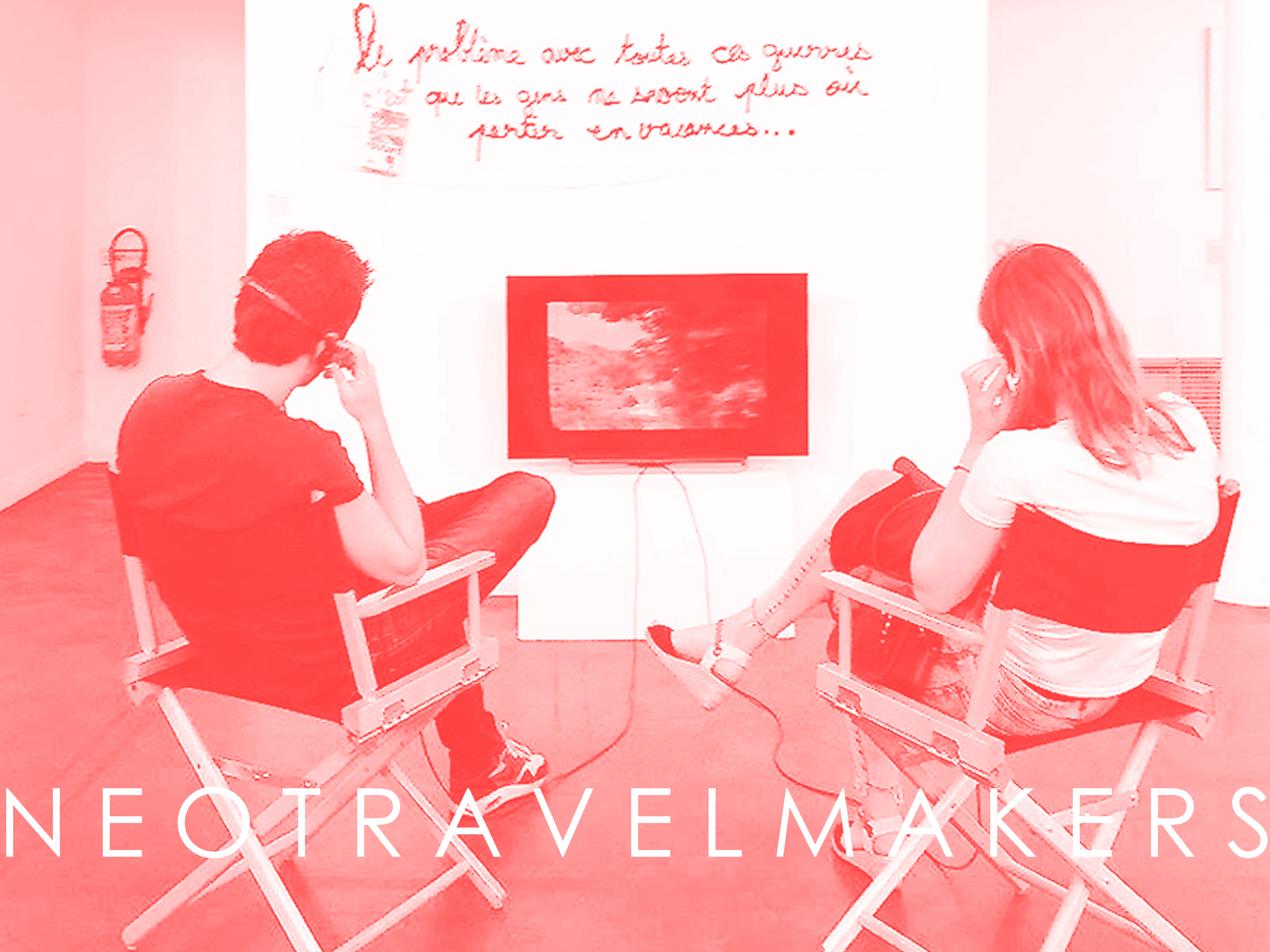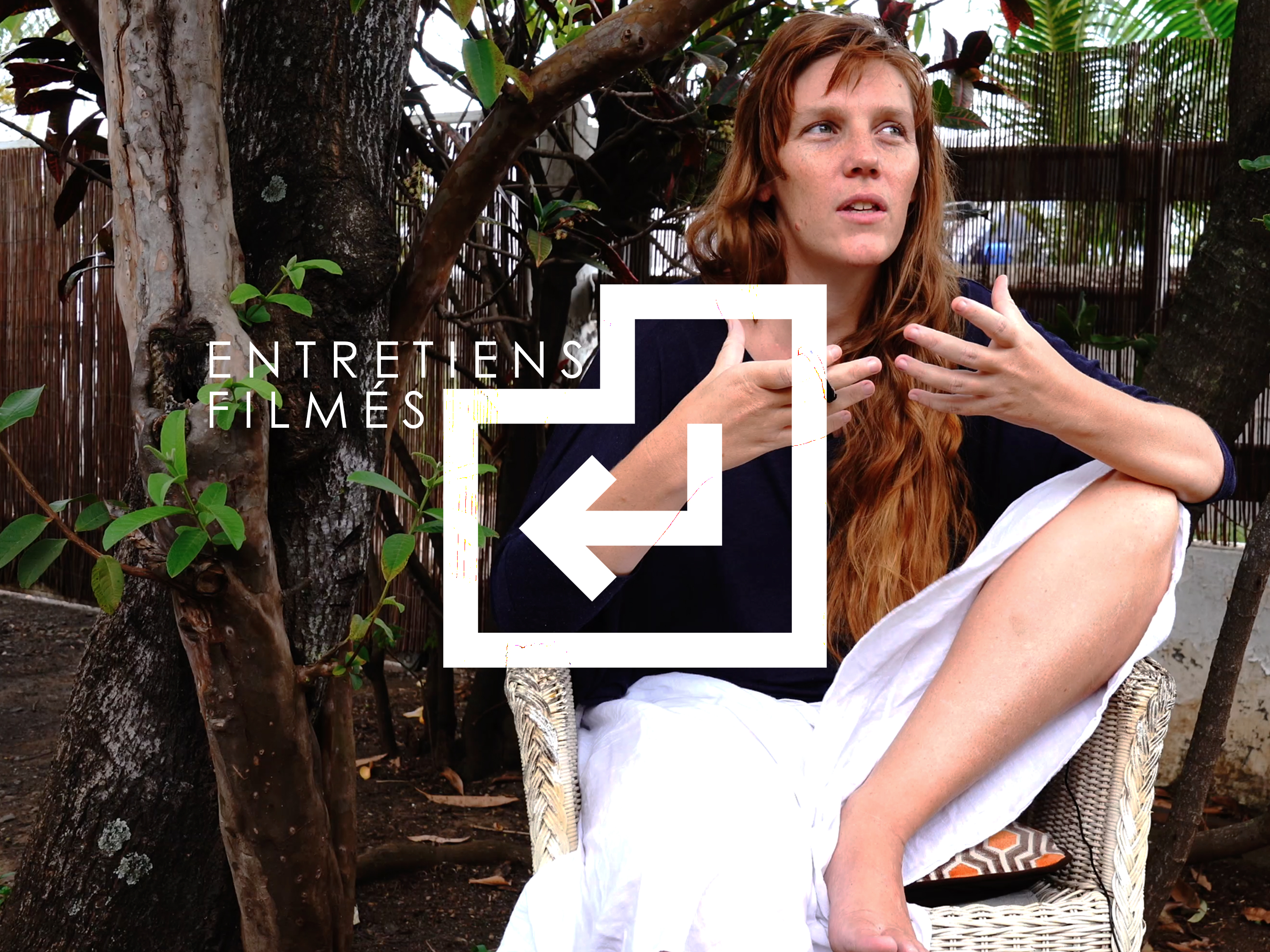R E S E A R C H / P h D
Cette rubrique présente le fruit d’une recherche en cours. Elle vise à rendre accessible un travail de documentation et d’expérimentation plastique qui s’inscrit dans le cadre d’une thèse de doctorat en Arts (Histoire, Thorie, pratique), menée au sein de l’Unité de Recherche ARTES 24141 de l’Université Bordeaux Montaigne.
Le projet global, d’une durée de 3 ans et 8 mois, a été initiée en octobre 2021 et se conclura en juin 2025 par une exposition qui aura lieu à Saint-Denis, La Réunion.
LE SUJET
(Ré)intitulé Mobilités artistiques à La Réunion, une recherche-création de terrain en contexte insulaire Indianocéanique, ce travail de thèse, centré sur la question des mobilités, combine création artistique et recherche en art, articulées à des méthodologies d'analyse de terrain issues principalement de quatre champs disciplinaires : l’architecture, l’urbanisme, l’anthropologie urbaine et la géographie.
Focalisé sur l’île de La Réunion qui présente un contexte où des mutations multifactorielles sont à l’œuvre, qu’elles soient d’ordre climatiques, socio-culturelles ou spatiales, une part non négligeable de ce travail repose sur une analyse protéiforme de fragments du territoire réunionnais bien définis, par l’entremise des moyens de création plastique, afin de prendre la mesure de ces bouleversements majeurs.
La démarche de recherche-création expérimentale sur laquelle s’appuie la thèse part du postulat qu’une approche créative, horizontale et transdisciplinaire de la recherche peut faire émerger de nouveaux enjeux et de nouvelles formes de savoirs. Plus qu’une tendance, la mise en œuvre de nouvelles propositions méthodologiques, basées sur une mise en réseau des domaines de recherches, apparait comme une
nécessité qui favorise un décloisonnement des pratiques tout en élargissant le domaine des possibles.
Cette approche spécifique pose un certain nombre de questions qui fondent la problématique de cette recherche :
Comment élaborer une recherche-création en art qui contribue de façon significative à l’étude des mobilités au sein du territoire réunionnais contemporain ? Comment développer de nouvelles formes concrètes de collaborations pluridisciplinaires qui permettent d’aborder la question des mobilités, tout en explorant et en investissant la richesse et la complexité des enjeux qui y sont liées ? Quels types de méthodologies mettre en œuvre pour étudier et rendre compte des transformations à l’œuvre dans les territoires réunionnais et plus largement Indianocéaniques ? Comment engager des enquêtes de terrain créatives qui reposent sur un principe de mobilités physique et avec quels outils ? Comment élaborer et présenter des productions plastiques qui permettent de sensibiliser un large public aux enjeux liées aux mobilités intra-insulaires et à la transmission des savoir-faire vernaculaires réunionnais ? Comment passer des mots et des idées à l’action ?
︎ P O U R A L L E R P L U S L O I N :

This section presents the fruit of ongoing research that was initiated in October 2021. It aims to make accessible a work of documentation and plastic experimentation which is part of a doctoral thesis in Arts (History, Theory, practice), carried out within the ARTES 24141 Research Unit of Bordeaux Montaigne University.
THE SUBJECT
Tropical tropism and mobilities of the hypermodern traveller,
plastic experimentation put to the test of tourism and the study area.
This action research project in visual arts aims to study the mobility of travellers, and more specifically of artists, in a tropical environment in a hypermodern post-pandemic context.
It will take us to study sites based in West Africa, the West Indies and the Mascaraignes Archipelago in the heart of the Indian Ocean.
RESEARCH TRACKS
First, it is a about questioning the creative postures adopted by traveling artists while engaging in a reflection on north / south and south / south mobility, in order to identify the motivations that initiate movements of people and more specifically of creators to destination of the tropics.









